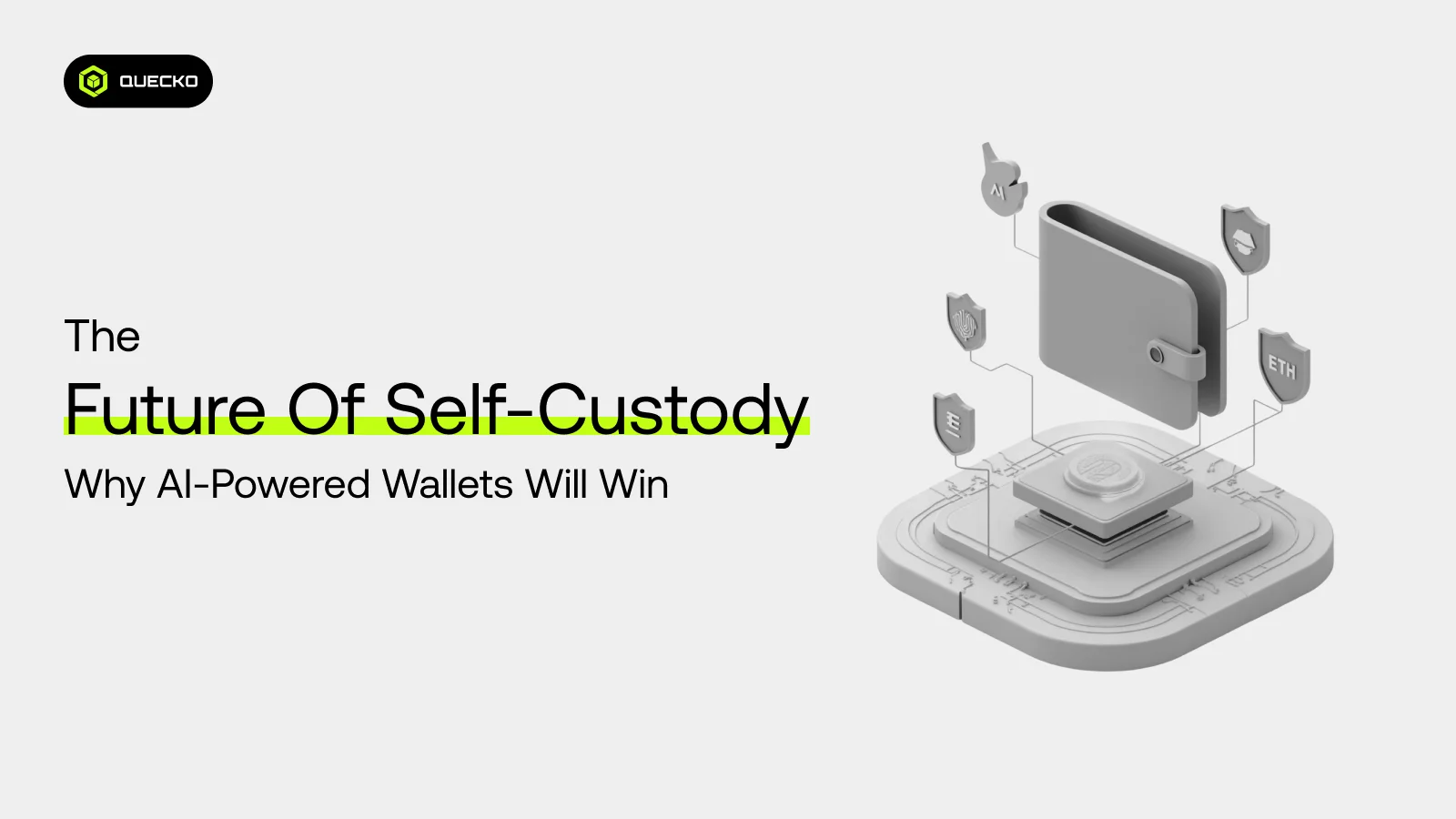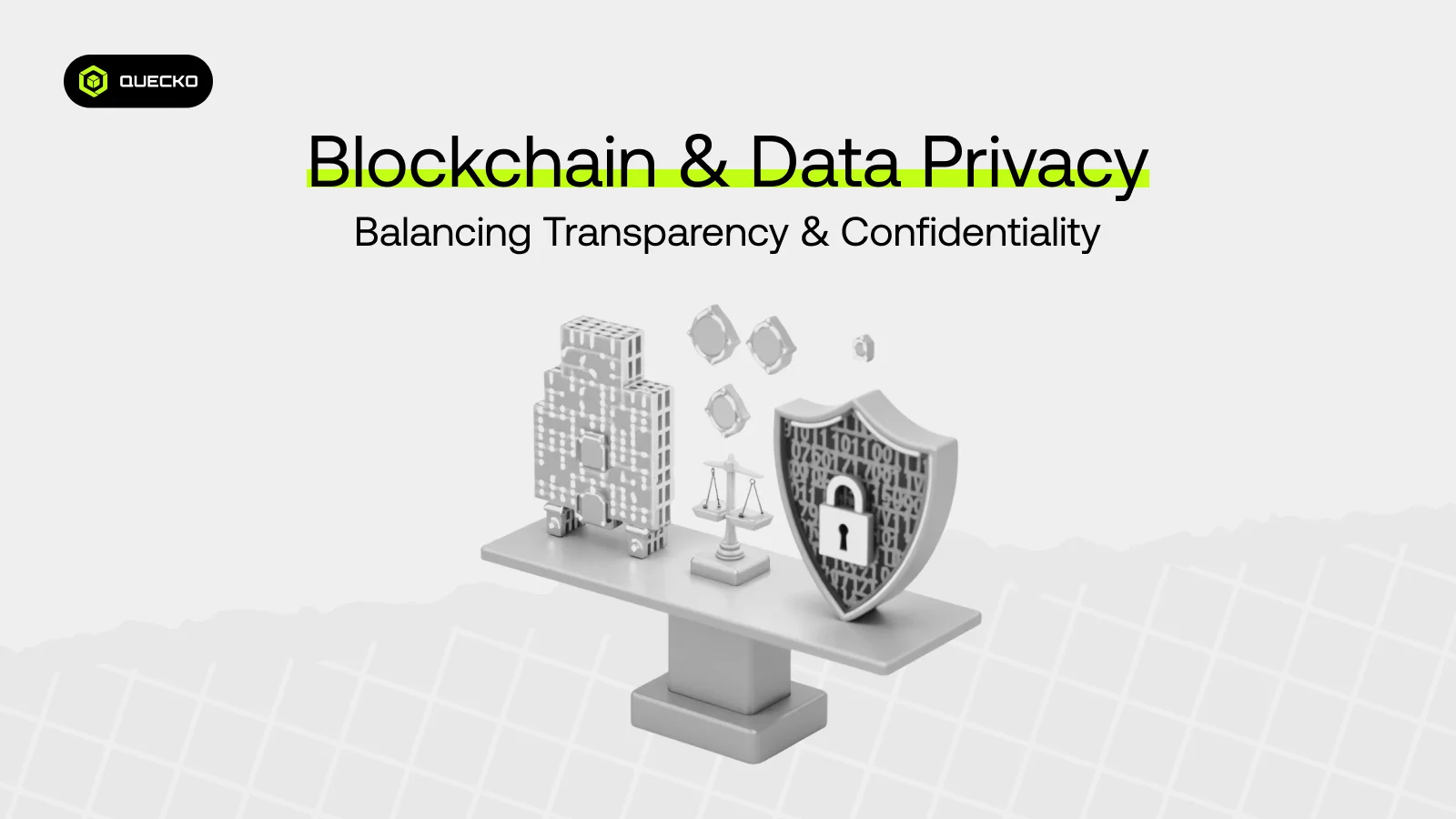The Rise of Telegram Bots in Web3
Telegram bots are reshaping the Web3 user experience with automation, community tools, and on-chain integrations. Discover how they’re becoming the new layer of interaction in the crypto world.

In the fast-paced world of Web3, user engagement, real-time communication, and decentralized functionality are key. While blockchain and dApps are often the stars of the show, there’s a quieter revolution brewing in the background, Telegram bots. These simple yet powerful tools are becoming the go-to interface for a wide range of Web3 utilities, from DeFi management to NFT notifications, token launches, trading, and even gaming.
Telegram, the messaging app of choice for much of the crypto community, has seen a surge in bot development tailored to blockchain use cases. In this article, we’ll explore how Telegram bots are transforming the Web3 landscape, their use cases, why they’re gaining momentum, and what the future holds for this fusion of messaging and decentralized tech.
Why Telegram? The Go-To Platform for Web3
Telegram has always been a favorite in the crypto community, and it’s easy to see why:
- Decentralized-leaning ethos
- Real-time, large group messaging
- Bot-friendly API
- Global, censorship-resistant structure
These qualities make Telegram the perfect playground for Web3 projects. Whether it’s a token presale, DAO governance update, or NFT drop, Telegram offers a low-friction, fast way to communicate and act.
What Are Telegram Bots?
Telegram bots are automated accounts that interact with users or perform tasks based on commands, triggers, or real-time data. In Web3, they function as smart assistants that interface with blockchain technology, offering services without providing services without requiring users to leave the chat window. These bots often interact with crypto wallets to fetch balances, execute trades, or verify holdings, creating a seamless bridge between messaging and DeFi. Some bots are also being integrated with cross-chain bridge protocols to support multi-chain functionality directly in chat. Tools like Banana Gun have further advanced this by offering lightning-fast transaction execution and snipe functionalities for new tokens
- Fetch on-chain data (like wallet balances or token prices)
- Send trading signals
- Distribute tokens or NFTs
- Manage communities (moderation, onboarding)
- Facilitate mini dApps inside Telegram
- Execute trades or on-chain transactions
They must be carefully designed to protect users’ sensitive data, such as Private Keys, to maintain security and trust.
Key Use Cases of Telegram Bots in Web3
1. Trading and DeFi Management
Telegram trading bots are revolutionizing DeFi by enabling:
- Portfolio tracking (via wallet address)
- Token swapping on various decentralized exchanges
- Price alerts
- DEX aggregator interfaces
- Limit orders for more precise trade execution
- Advanced features like liquidity sniping and automated responses to market moves
- Built-in tools for MEV protection to reduce front-running and improve trade fairness
Telegram bots like Unibot and Banana Gun help automate stop-loss orders and integrate with multiple DeFi protocols, allowing users to execute trades with better risk management.
As part of the broader Web3 ecosystem, bots also allow interaction with protocols across different networks, reducing friction and saving time. Integration with cross-chain bridge solutions helps users access liquidity or tokens across Ethereum, BSC, and other chains with ease.
Popular bots like Banana Gun provide auto-buy, sell, and gas customization options, making it a favorite for degen traders.
Bots like Unibot and Maestro have become popular for helping users trade tokens on Ethereum or BSC directly from Telegram, reducing the time between discovering and acting on market opportunities. They also offer tools to implement advanced trading strategies tailored to user preferences. Copy trading features allow users to replicate trades of experienced investors automatically. Some bots even allow users to set limit orders directly in chat, giving them more control over entry and exit points.
2. NFT Alerts and Minting
Bots are used to track new NFT drops, minting schedules, and secondary market activity. They provide:
- Instant mint alerts
- Floor price tracking
- Rarity detection
- Wallet activity monitoring
This real-time edge is especially crucial in the fast-moving NFT scene.
3. Community Engagement & Onboarding
DAOs and crypto communities use bots for:
- Verifying users (e.g wallet-based verification)
- Conducting polls and governance votes
- Granting roles/access based on token holdings
- Managing giveaways, airdrops, and campaigns
Bots often provide built-in customer support features to answer FAQs, guide new users, and escalate complex issues to human admins, all without leaving the group. It streamlines user engagement and adds gamification layers without needing third-party apps.
4. Security and Scam Detection
Security bots can:
- Monitor for scam tokens or fake airdrops
- Warn users of malicious contracts
- Automatically ban harmful links or phishing attempts
With scams prevalent in Web3, these bots help keep communities safe in real-time.
5. Gaming and On-Chain Quests
Telegram bots now support basic Web3 games or quests:
- On-chain quizzes
- “Tap-to-earn” games (like Notcoin or Hamster Kombat)
- Reward-based tasks
- Quest completion tracking for airdrops or loyalty
They act as a gateway for new users to experience Web3 without needing wallets upfront.
Case Study: The Rise of Unibot
One of the biggest success stories in the space is Unibot, a Telegram trading bot. It lets users:
- Snipe newly launched tokens
- Buy/sell directly from chat
- Set slippage, gas, or limit orders
- Earn $UNIBOT tokens for usage
Unibot’s rise has inspired others like Banana Gun, which focus on ultra-fast token sniping and customizable transaction logic.
In just weeks after its launch, Unibot crossed millions in daily trading volume and spawned dozens of competitors and derivatives, highlighting user demand for fast, frictionless DeFi tools.
Why Telegram Bots Are Gaining Popularity in Web3
Telegram bots are gaining popularity in Web3 for their seamless integration of on-chain actions within familiar, chat-based interfaces.
Ease of Use
No need for browser extensions, app downloads, or complex interfaces. Telegram trading bots work inside the chat, allowing one-click access to powerful tools and pre-built trading strategies. Features like limit orders make trading more efficient by letting users automate entries and exits based on price targets.
These tools are becoming key entry points into the Web3 ecosystem, especially for users seeking fast, user-friendly access to DeFi services.
Speed
Actions can be completed in seconds, a huge advantage in high-frequency markets or fast-paced airdrops. Bots provide real-time updates, allowing users to act without delays. Some also include MEV protection mechanisms to prevent manipulation during volatile periods. Bots such as Banana Gun have earned popularity for being among the fastest Telegram bots for executing token trades in early market moments.
Low Barrier to Entry
Users can interact with Web3 utilities even without deep technical knowledge or wallets (in some cases). Features such as copy trading make it easier for newcomers to participate by following expert strategies.
Network Effects
Most crypto-native users already use Telegram. Telegram trading bots leverage the existing user base and group infrastructure.
Composability
Developers can link bots to multiple chains, APIs, and smart contracts, making them versatile middleware between users and blockchain protocols. They can also calculate and optimize gas fees dynamically for better efficiency.
Bots pull real-time market data from multiple sources and feed it directly into chat interfaces, giving users quick insights without needing to switch platforms.
How Telegram Bots Are Built (Brief Tech Insight)
Telegram trading bots are typically built using:
- Node.js / Python / Go for backend
- Telegram Bot API
- Blockchain SDKs (like web3.js, ethers.js, or python’s web3.py)
- Hosting services (e.g., Vercel, AWS, or Heroku)
- Some also use inline keyboard UIs, deep linking to wallets, or even Telegram Web Apps for a more interactive experience.
- As adoption grows, expect tighter integration between bots and the TON blockchain, allowing for seamless transactions, NFT management, and native crypto wallet functions directly within Telegram.
- Many bots also interact with blockchain networks through smart contract calls, enabling decentralized actions directly from chat.
Challenges & Risks
Despite the excitement, Telegram bots come with limitations:
- Security risks (e.g., phishing, rug bots)
- Lack of decentralization (bots are often centralized APIs)
- Rate limits by Telegram
- Scalability concerns for large bots
- Compliance issues depending on jurisdiction
Projects offering customer support within bots must also ensure privacy, proper response flows, and access to human escalation when needed. Proper auditing, permission handling, and trust-building are crucial for the successful development of bots.
The Future of Telegram Bots in Web3
Telegram trading bots are evolving into full-fledged interfaces for interacting with Web3. As adoption grows, expect:
- Bot marketplaces curated for quality and use case
- Open-source frameworks to build secure bots
- Monetization models (via subscriptions or token gating)
- Integration with Telegram Wallet and TON blockchain
- Bot-to-bot interactions for deeper automation
- A fully integrated Telegram ecosystem where bots, users, and wallets interact seamlessly within chat
- Deeper cross-chain bridge integrations to simplify token transfers and trading across networks
- Advanced copy trading functionalities that enhance social trading experiences
- Projects like Banana Gun are pushing the envelope with enhanced UX, sniper efficiency, and community-led feature requests, reflecting the next evolution of Telegram bot development.
- Telegram’s own crypto push via TON may further boost native bot development, bringing a wave of new financial and social dApps within the chat ecosystem. TON blockchain is playing a key role in shaping how Telegram bots integrate deeper with the chat app, enabling on-chain features within the Telegram interface itself.
With increased adoption of web3 wallets, Telegram bots could serve as a gateway to connect and interact with multiple decentralized tools in the ecosystem.
Telegram Bots and Community Growth
Beyond trading, Telegram bots are being used for airdrop tracking, referral campaigns, and managing customer support directly within chat. Many communities now rely on bots for moderation, event reminders, and FAQ automation. Tools like Banana Gun are also exploring ways to gamify engagement and strengthen crypto community ties.
Conclusion
Telegram bots are quickly becoming a powerful bridge between everyday users and the complex world of Web3. By simplifying access, adding speed, and integrating community-driven features, they’re reshaping how we interact with decentralized tech, all from the palm of our hand.
Whether you’re a trader, builder, or NFT enthusiast, chances are your next meaningful interaction with Web3 might just come through a Telegram chat.
Date
13 days agoShare on
Related Blogs

The Future of Self-Custody: Why AI-Powered Wallets Will Win
9 hours ago

How to Run a X/Twitter Spaces Campaign for NFT Launches
17 hours ago

Blockchain and Data Privacy: Balancing Transparency and Confidentiality
2 days ago

The Comeback of NFTs: What’s Different This Time
6 days ago







